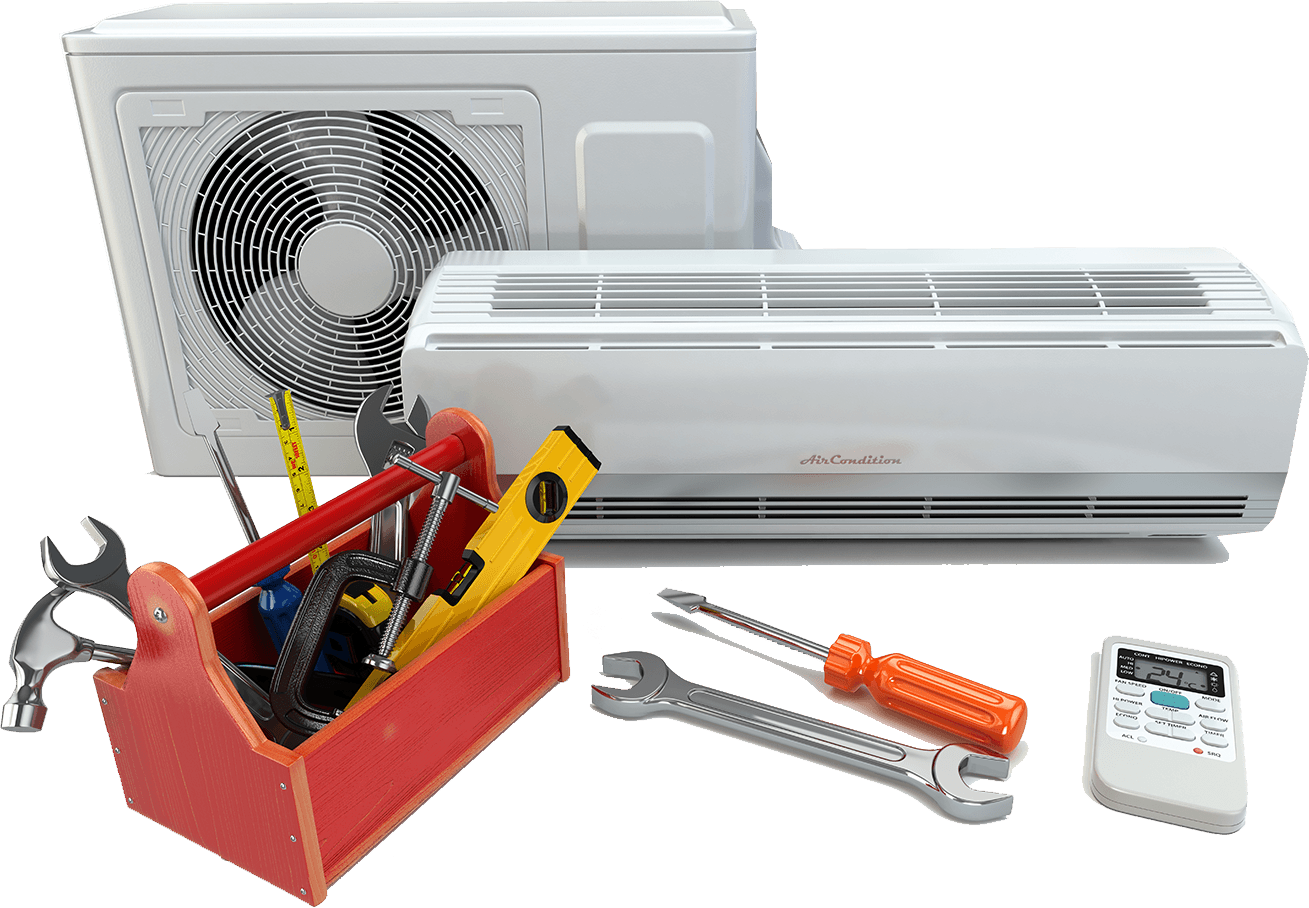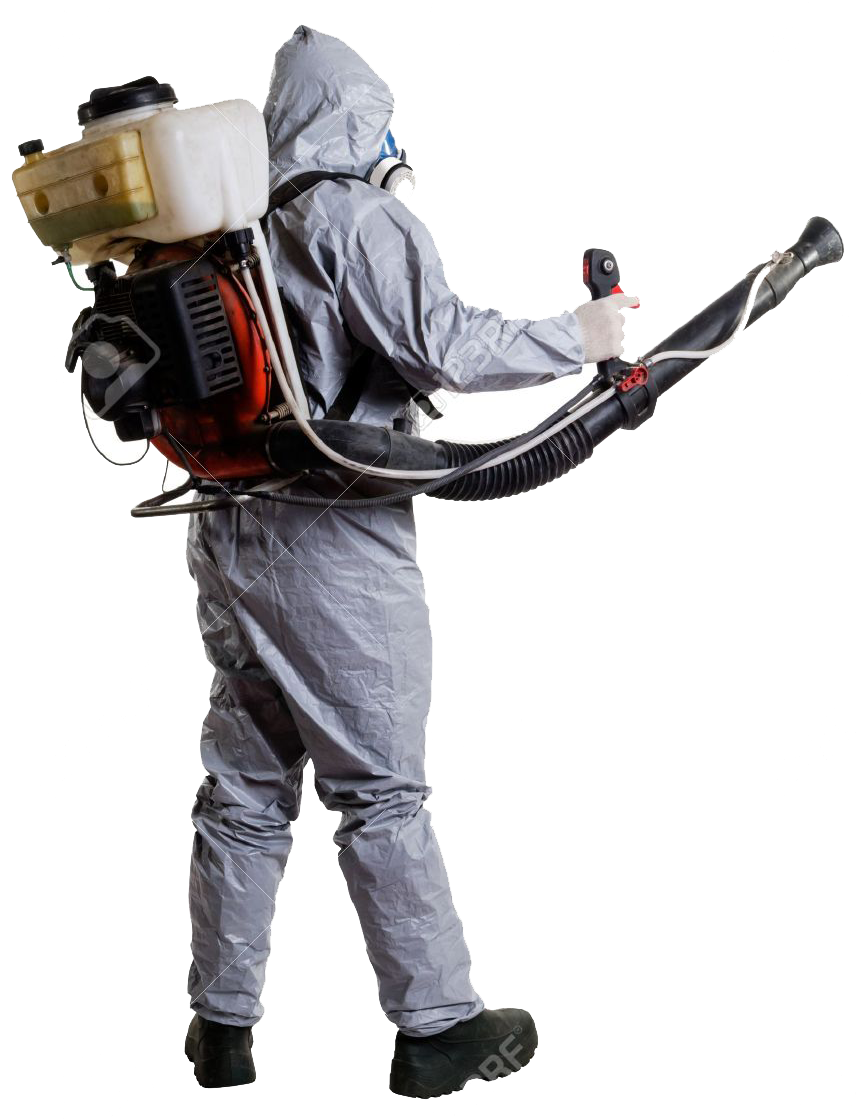Kitchen sinks get a lot of use, and in some cases, abuse. Making sure the drain beneath the kitchen sink is incredibly important for the function of the kitchen in many households, and installing one can be a complex job that can take all day for the DIYer. There’s a lot to consider, but there are some ways that you can help the process to go a little smoother.
We’re going to go through the process of how to install a kitchen sink drain pipe, so you know what to expect. We’re also going to go over some tips as well, that will hopefully help you to get the project done a bit quicker than you might have otherwise. In the end, we’ll also talk about what your options are for getting some expert local help with your plumbing needs.
How To Install A Kitchen Sink Drain Pipe
While many homeowners may never have to worry about the drain assembly beneath the sink failing, there are some situations where that very thing can happen. In many cases, it’s due to some flaw that happened during the previous installation that became worse over time. In others, it may happen due to physical damage, which can happen easier than you might think.
If you’re looking at possibly needing to replace the kitchen sink drain pipe, here’s the basic process:
- Measure, and double-check, the drain outlet height to ensure that the trap arm will have an appropriate slope.
- If the drain outlet is higher than 16” from the base of the cabinet or floor, you may want to consider lowering it, which can be a complex job on its own.
- Install the sink strainer and the garbage disposal.
- Install the tailpiece and waste pipe.
- Install the trap.
- Check the tightness of all connections.
- Run water through all components while watching for any signs of leaking.
Tips For Installing Kitchen Sink Plumbing
Be Sure Your Trap Points The Right Way
The space under the sink is cramped and it might be tempting to orient the trap in the wrong direction. The sharp bend should be beneath the tailpiece, otherwise, it will not fit properly. The poor fit will prevent a good seal when tightening down the slip-nuts, and will almost certainly result in a leak.
Don’t Use Teflon Tape
Slip-nut washers and joints are designed to be watertight when used for drains, but they are only designed to do this when used properly and when the washer creates a good seal. Taping the threads prevents the nuts from tightening down enough to force the washers to seal, and if a seal is managed, it won’t generally last. Teflon tape is only needed for certain connections with metal pipes, which are less malleable than plastic pipes, which makes plastic pipes better at sealing without tape.
Don’t Overtighten
Slip-nut joints are common targets of overtightening. Not only can you generally get a good grip on the large, white nuts, but using slip-nut pliers multiplies the force even more. This can result in leaks and even stripping the nut to the point that the threads are destroyed. Get them to hand tight, then finish by just barely snugging it up with the pliers.
Trust A Local Expert With Your Plumbing Needs
If installing a new kitchen sink drain pipe sounds like more time and trouble than you want to deal with, you can always reach out to a trusted, local expert. We can handle all of your plumbing needs, no matter the size or scope of the project, and will address any concerns you may have.



